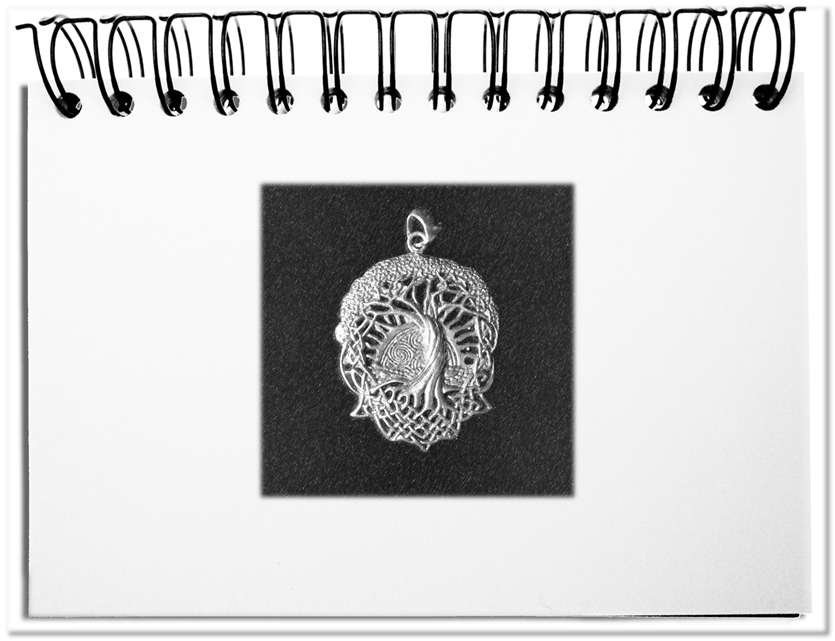Whenever someone is not satisfied with the results of a measure, the abyss of order blur opens. Clients actually strive to formulate their wishes as comprehensibly as possible. Often the goals are even smartified with the participants or OKRs are worked out. The fulfillers are also ready for the job – actually, this is their business. The tasks are construed in the team and, if necessary, questions are asked in order to sharpen the request. Nevertheless, there are misunderstandings that lead to discord between the two parties.
The difficulties begin with the unspeakability of certain task elements and go to the impossibility to understand what has been said. As a result, the interpretations of an assignment do not match what was requested. If all participants were aware of the following difficulties and would stay in talk, there would be less frustration.
- When not everything can be expressed
In the beginning, there is the client with its ideas and feelings, which cannot be completely translated into words and certainly not into a one-hundred percent requirement. Thus, the descriptions of the task disappear behind vague terms – e.g. as always, good result, usual quality, according to the standards. Additional explanations increase the likelihood of being understood. - When further expectations hide behind the objectives
Even if the objectives are increasingly smartified, i.e. results are specifically determined, measurable, adequately achievable with the available resources and relevant to the business, and progress can be tested, expectations remain in the dark – What should be done? What should be the results? What are the expected consequences? The expectations should be explicitly exchanged. - When the wrong language is used
Many clients speak only in their own language and are surprised, when they are not understood. In the first step, of course, you should list your wishes in your own language. In the second step, however, the content must then be translated into the language of the project team; otherwise they CANNOT understand the assignment. It should become clear, what a mission means for the individual – for example, when globalizing, it does not affect the locals for the time being: Unless you take into account their fear of losing their jobs to foreign countries’. As soon as the effects become clear to the individual, the fears and worries and thus the resistance diminish. - When the order goes unheard
The assignment is often placed through the narrow channel of the project order, when it is handed over to the project manager and the core team. As a result, the remaining participants often lack the original wording and the actual tasks go unheard. What remains is the Chinese whisper, when the project manager paraphrases, what he has heard and understood. Ensure that you can be heard personally. - When interest is missing
The management style has a great influence on how motivating an assignment is formulated. More directive managers do not expect questions or objections, but immediate fulfilment of the duties. Cooperative bosses not only deliver the assignment, but also take the time to explain the task and address the team’s concerns. The order blur increases, if you ignore the employees’ point of view. It is not only a question of the fact that the day-to-day business is already fully utilizing their capacities and therefore there is no time for additional tasks. It is about taking into account knowledge, experiences and objections, but also about personal interests, such as family, friends or the upcoming holiday, which nip any commitment in the bud. Mostly, the requirements can be adapted to the needs of the employees. - When everything is understood differently
In the best case, everything is heard and the project team assumes that everything has been understood. Even then, the goals striven for by the client and the contractor can differ dramatically. Since not the actual meaning is exchanged, but words and perhaps numbers, the recipients decide on the contents of the request. According to the Sender-Receiver model and the Meta-model of Language, each job passes through a variety of filters that result in a changing task. If you talk about it regularly, both parties gradually adapt to each other and the result suits at the end both.
Without a regular exchange between the client and the contractor, the previous points lead to the fact that the deviations are only noticed at the end. For this reason, the agile approaches, which enable regular coordination at short intervals along the sprints as well as short distances for inquiries, are ideal.
Bottom line: Order blur lies in the nature of the thing – the communications. For this reason, special attention should be paid to the various stages, in which contracts are distorted and blurred. On the one hand, contracting authorities should assume that they cannot express all aspects of their project in such an exact way that they will be clearly understood and should therefore patiently take into account the inquiry of the contractors. On the other hand, contractors should not humbly accept the requirements and interpret them as they see fit, but rather ask questions and raise concerns. This mutual exchange ultimately leads to a common understanding that the order blur gets as low as possible.


